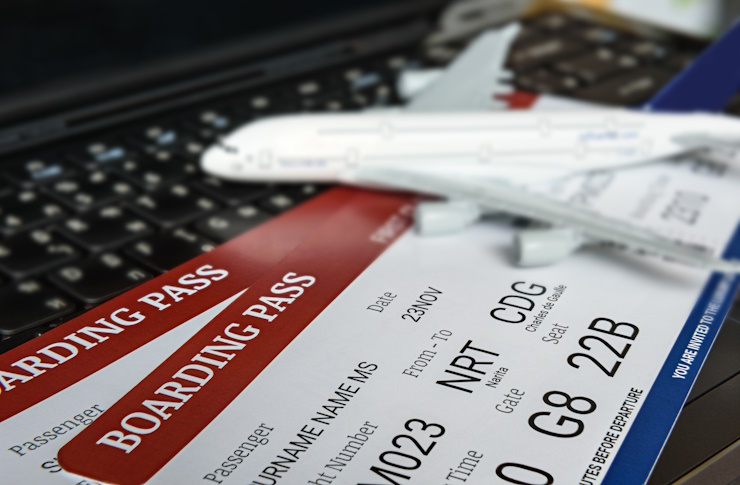AFib Treatment: Everything You Need to Know 2025
Atrial fibrillation affects millions of Americans, causing irregular heartbeats that can lead to serious complications if left untreated. Understanding your treatment options in 2025 is crucial for managing this condition effectively. From medication management to advanced surgical procedures, modern medicine offers various approaches to help patients regain control of their heart rhythm and improve their quality of life.

Atrial fibrillation (AFib) is one of the most common heart rhythm disorders, affecting over 6 million people in the United States. This condition occurs when the heart’s upper chambers beat irregularly, potentially leading to blood clots, stroke, and heart failure. As we move through 2025, treatment options have expanded significantly, offering patients more personalized and effective solutions than ever before.
What Are the Current AFib Treatment Options in 2025?
Modern AFib treatment typically follows a comprehensive approach that addresses both symptom management and underlying causes. Physicians generally start with rate control medications like beta-blockers or calcium channel blockers to manage heart rate. Rhythm control medications, including amiodarone and flecainide, help restore normal heart rhythm patterns.
Anticoagulation therapy remains a cornerstone of AFib treatment, with newer direct oral anticoagulants (DOACs) like apixaban and rivaroxaban offering improved safety profiles compared to traditional warfarin. These medications significantly reduce stroke risk, which is elevated in AFib patients.
For patients who don’t respond well to medications, procedural interventions become necessary. Cardioversion, either electrical or chemical, can restore normal rhythm temporarily. Catheter ablation has become increasingly sophisticated, with newer techniques like cryoablation and radiofrequency ablation showing improved success rates.
Understanding AFib Treatment Costs in 2025
The financial aspect of AFib treatment varies considerably depending on the chosen approach and individual circumstances. Medication costs typically range from $50 to $500 monthly, with newer anticoagulants generally being more expensive than traditional options.
Diagnostic procedures like echocardiograms cost between $300 to $2,000, while continuous heart monitoring can range from $200 to $1,500 depending on duration and technology used. More invasive procedures carry higher price tags, with catheter ablation procedures typically costing between $15,000 to $50,000.
Hospital stays for AFib management can add significant costs, particularly for emergency interventions or surgical procedures. Insurance coverage varies widely, making it essential for patients to understand their specific benefits and potential out-of-pocket expenses.
AFib Treatment Comparison: Evaluating Your Options
When comparing AFib treatment approaches, several factors influence the decision-making process. Medication therapy offers the least invasive option but may require ongoing adjustments and monitoring. Success rates vary, with some patients achieving excellent symptom control while others experience breakthrough episodes.
Catheter ablation procedures show higher success rates for maintaining normal rhythm, particularly in younger patients with paroxysmal AFib. However, these procedures carry procedural risks and require specialized expertise. Recovery time and potential complications must be weighed against long-term benefits.
Surgical options like the maze procedure offer excellent success rates but involve open-heart surgery, making them suitable primarily for patients already undergoing cardiac surgery for other conditions. Each treatment approach has distinct advantages and limitations that must be carefully considered.
| Treatment Option | Provider/Method | Cost Estimation | Success Rate |
|---|---|---|---|
| Medication Management | Cardiology practices | $600-$6,000 annually | 60-80% symptom control |
| Catheter Ablation | Electrophysiology centers | $15,000-$50,000 | 70-90% rhythm control |
| Cardioversion | Hospital/outpatient | $3,000-$8,000 | 80-95% immediate success |
| Surgical Maze | Cardiac surgery centers | $40,000-$100,000 | 85-95% long-term success |
Prices, rates, or cost estimates mentioned in this article are based on the latest available information but may change over time. Independent research is advised before making financial decisions.
AFib Treatment Prices: What Factors Influence Costs?
Several variables significantly impact AFib treatment pricing in 2025. Geographic location plays a major role, with procedures in metropolitan areas typically costing more than those in rural settings. Hospital systems and specialized cardiac centers often charge premium rates compared to community hospitals.
Insurance coverage dramatically affects out-of-pocket expenses. Most insurance plans cover medically necessary AFib treatments, but coverage levels vary for newer procedures and medications. Prior authorization requirements can delay treatment and affect overall costs.
Complexity of individual cases influences pricing substantially. Patients with multiple comorbidities or previous failed treatments may require more extensive interventions, increasing overall costs. Emergency treatments typically carry higher price tags than planned procedures.
The choice between brand-name and generic medications can significantly impact long-term treatment costs. While newer medications may offer advantages, generic alternatives often provide substantial cost savings without compromising effectiveness.
Choosing the Right AFib Treatment Approach
Selecting the most appropriate AFib treatment requires careful consideration of multiple factors beyond cost. Patient age, overall health status, AFib type, and symptom severity all influence treatment decisions. Younger patients with minimal symptoms might benefit from aggressive rhythm control strategies, while older patients with multiple health conditions may be better served by rate control approaches.
Lifestyle factors also play crucial roles in treatment selection. Patients with active lifestyles may prefer procedures that offer long-term rhythm control, while those with limited mobility might find medication management more suitable. Individual preferences regarding invasive procedures and ongoing medication requirements should guide decision-making.
Regular follow-up care remains essential regardless of chosen treatment approach. Monitoring for treatment effectiveness, side effects, and disease progression ensures optimal outcomes and may prevent complications that could increase long-term costs.
Understanding AFib treatment options in 2025 empowers patients to make informed decisions about their cardiac care. With advancing technology and expanding treatment options, individuals with AFib have more opportunities than ever to achieve effective symptom management and maintain active, healthy lives. Working closely with qualified healthcare providers ensures the best possible outcomes while managing treatment costs effectively.
This article is for informational purposes only and should not be considered medical advice. Please consult a qualified healthcare professional for personalized guidance and treatment.




